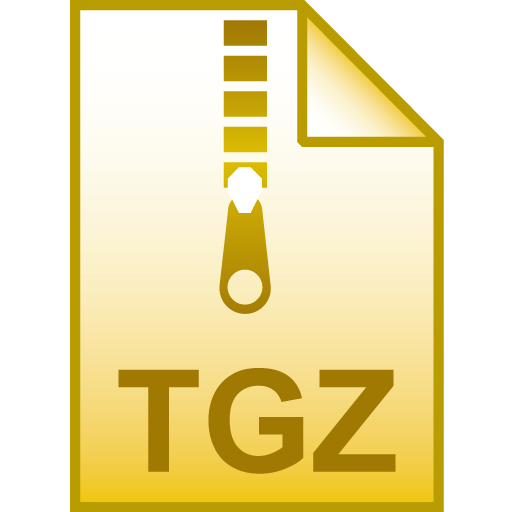| dc.contributor | University of Illinois at Urbana-Champaign | en_US |
| dc.contributor | General Motors R&D Center | en_US |
| dc.contributor | University of Illinois at Urbana-Champaign | en_US |
| dc.contributor.author | Fellinger, Michael R. | |
| dc.contributor.author | Hector, Louis G. Jr. | |
| dc.contributor.author | Trinkle, Dallas R. | |
| dc.contributor.other | [email protected] | en_US |
| dc.date.accessioned | 2018-03-04T18:32:21Z | |
| dc.date.available | 2018-03-04T18:32:21Z | |
| dc.date.issued | 2018-03-03 | |
| dc.identifier.citation | M. R. Fellinger, L. G. Hector Jr., and D. R. Trinkle, Comp. Mat. Sci. 152, 308 (2018). | |
| dc.identifier.uri | http://hdl.handle.net/11256/959 | |
| dc.identifier.uri | https://doi.org/10.1016/j.commatsci.2018.05.021 | |
| dc.description.abstract | We compute changes in the lattice parameters and elastic stiffness coefficients Cij of body-centered tetragonal (bct) Fe due to Al, B, C, Cu, Mn, Si, and N solutes. Solute strain misfit tensors determine changes in the lattice parameters as well as strain contributions to the changes in the Cij. We also compute chemical contributions to the changes in the Cij, and show that the sum of the strain and chemical contributions agree with more computationally expensive direct calculations that simultaneously incorporate both contributions. Octahedral interstitial solutes, with C being the most important addition in steels, must be present to stabilize the bct phase over the body-centered cubic phase. We therefore compute the effects of interactions between interstitial C solutes and substitutional solutes on the bct lattice parameters and Cij for all possible solute configurations in the dilute limit, and thermally average the results to obtain effective changes in properties due to each solute. The computed data
can be used to estimate solute-induced changes in mechanical properties such as strength and ductility, and can be directly incorporated into mesoscale simulations of multiphase steels to model solute effects on the bct martensite phase. | en_US |
| dc.description.sponsorship | This material is based upon work supported by the Department of Energy National Energy Technology Laboratory under Award Number(s) DE-EE0005976. This report was prepared as an account of work sponsored by an agency of the United States Government. Neither the United States Government nor any agency thereof, nor any of their employees, makes any warranty, express or implied, or assumes any legal liability or responsibility for the accuracy, completeness, or usefulness of any information, apparatus, product, or process disclosed, or represents that its use would not infringe privately owned rights. Reference herein to any specific commercial product, process, or service by trade name, trademark, manufacturer, or otherwise does not necessarily constitute or imply its endorsement, recommendation, or favoring by the United States Government or any agency thereof. The views and opinions of authors expressed herein do not necessarily state or reflect those of the United States Government or any agency thereof. The research was performed using computational resources sponsored by the Department of Energy's Office of Energy Efficiency and Renewable Energy and located at the National Renewable Energy Laboratory. Additional computational resources were provided by the National Energy Research Scientific Computing Center, the General Motors High Performance Computing Center, and the Taub cluster maintained and operated by the Computational Science and Engineering Program at the University of Illinois. | en_US |
| dc.language.iso | en_US | en_US |
| dc.rights | Attribution-NonCommercial-NoDerivs 3.0 United States | * |
| dc.rights.uri | http://creativecommons.org/licenses/by-nc-nd/3.0/us/ | * |
| dc.subject | lattice parameters, elastic constants, solutes, iron, steel, martensite, ab initio | en_US |
| dc.title | Effect of solutes on the lattice parameters and elastic stiffness coefficients of body-centered tetragonal Fe | en_US |
| dc.type | Dataset | en_US |


